Python
-


Queue Data Structure in Python: Ordering at Its Best
Oct 22, 2023 by Lane WagnerA queue is an efficient collection of ordered items. New items can be added to one side, and removed from the other side.
-


Understanding Stacks: Python Implementation of a Core Data Structure
Oct 06, 2023 by Lane WagnerA stack is an abstract data type that serves as a collection of elements. The name “stack” originates from the analogy of items physically stacked on top of each other. Just like a stack of plates at a buffet, plates can be added, removed, and viewed from the top. However, plates further down are not immediately accessible.
-


Can I Use Python for Web Development?
Aug 14, 2023 by Natalie SchoonerI love giving a short answer to these: yes, 100%, Python is a great tool for web development.
-


The 28 Best Places to Learn Python Online
Apr 28, 2023 by Natalie SchoonerFor anyone who wants to learn Python online, it can be a bit overwhelming. When I Googled it, I came up with over 200 million hits.
-


C Sharp vs Python: Which Is the Best Programming Language?
Apr 27, 2023 by Natalie Schooner“You’re comparing apples to oranges,” Susan, a developer at my company, said when I asked her which programming language she preferred, C # or Python. “It’s like asking me if I prefer wrenches or hammers. One language is a compiled, statically typed language, the other is a ducktyped scripting language. Each is excellent in its correct context.”
-


Matlab vs Python: 6 Key Differences [Updated 2023]
Apr 16, 2023 by Natalie SchoonerThis is one of those arguments where, outside of a few very specific examples, there’s a clear answer. Python is better than MATLAB in (almost) every situation. But you’re searching for the differences between MATLAB and Python, so clearly you’re not convinced. Let’s take a deeper look comparing Python vs MATLAB so you are finally persuaded.
-


Want to Become a Python Back-end Developer? Start Here.
Feb 17, 2023 by Natalie SchoonerMyth #1: “Python is too slow for back-end development.” Myth #2: “Nowadays, you should do all back-end development in JavaScript/TypeScript.”
-


The 12 Most Engaging Resources for Learning Python
Jun 24, 2022 by Natalie SchoonerWhile it’s straightforward to get Hello World implemented in Python, learning the ins and outs of the programming language takes a lot of time and effort.
-


Julia vs Python: Which is Best to Learn First?
Feb 05, 2022 by Zulie RaneAnyone who’s anyone in the tech world has heard of Python. It’s one of the most popular programming languages in the world, and it’s been near the top of developer popularity rankings for years. Wired reported that it’s tied for second with Java behind JavaScript.
-


How Hard Is Python to Learn?
Jan 24, 2022 by Zulie RaneQuick Answer: Python is one of the easiest coding languages to learn 🔗 Python is arguably the easiest programming language for beginners to learn. If you’re interested in writing code, Python is a fantastic place to start. Aside from just being easy to learn, it’s also widely used by industry professionals so you really can’t go wrong.
-


7 Best Practices for Every Python Developer
Jan 04, 2022 by Zulie RaneIf you’re looking to improve your coding, there are lots of steps you can take, but the first is focusing on Python best practices. It’s really important that your code is readable, testable, and maintainable. From picking good variable names, refactoring code that gets repeated out into its own method, or having clean and logical lines of inheritance and abstraction, there are a lot of qualities that differentiate code that someone wants to work with from code that everyone dreads having to maintain or develop further.
-


Python Assert Statement, How to Test a Condition
Dec 13, 2021 by Lane WagnerIn Python, an assertion is a statement that confirms something about the state of your program. For example, if you write a createUser function and you are sure that the user needs to be older than 18, you assert that the age field is greater than or equal to 18. You can think of an assert statement like a unit test that is performed at runtime.
-


Complete Guide to Removing Elements From Lists in Python
Dec 09, 2021 by Lane WagnerWhile lists aren’t the most efficient data structure if you’ll be doing lots of deleting from the middle, there are definitely good ways to accomplish the task. The built-in remove() method should be your first option. Let’s go over some examples.
-


How to Use the Ternary Operator in Python
Dec 09, 2021 by Lane WagnerDevelopers love concise code that’s easy to read, and that’s exactly what ternary operators are for. The ternary operator in Python lets you perform a small if/else statement in a single line. Let’s take a look at a few examples.
-


Removing Duplicates From a List in Python
Dec 09, 2021 by Lane WagnerLet’s go over a few idiomatic ways to remove duplicates from lists in Python. Method #1 - Create a new list (simplest) 🔗 This is the easiest algorithm to code, but because it requires creating a new list, also requires more memory and is a bit slower.
-


How to Check if a File Exists in Python
Dec 08, 2021 by Lane WagnerWhen working with files in Python, you’ll often need to check if a file exists before you do anything else with it, such as reading from or writing to it. Luckily, the Python standard library makes this a piece of cake.
-
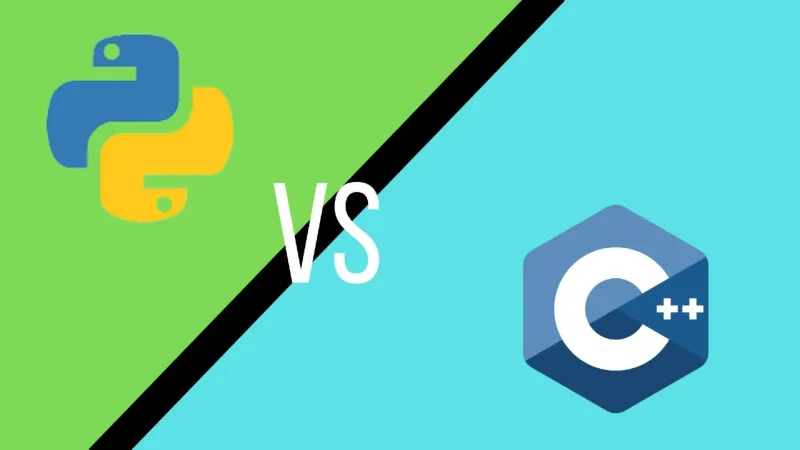

Python vs C++: The Best Language To Learn For You
Nov 17, 2021 by Meghan ReichenbachIt’s either a blessing or a curse when choosing to learn Python or C++ because there couldn’t be two more opposing languages to compare.
-


Python vs PHP: 9 Critical Differences Examined
Nov 05, 2021 by Zulie RanePHP famously claims to be the backend programming language for just under 80% of the Internet. However, if you look at the popularity rankings of programming languages, Python is consistently far ahead of PHP. How can that be? Both languages can be used for backend web development, and PHP was even specifically made for web development.
-


Ruby vs Python: 10 Questions to Ask Before You Choose
Oct 25, 2021 by Zulie RaneA ruby is a beautiful red gemstone; a python is a beautiful green snake. Aside from that, they’re both very popular programming languages. They’re popular for different reasons, and they’re good at different things. Before you choose between Ruby vs. Python, make sure you ask yourself these 10 questions.
-
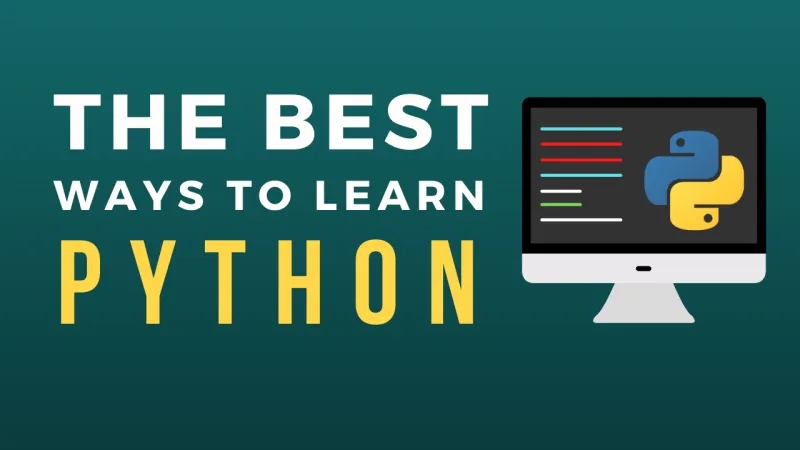

The 7 Best Ways to Learn Python
Oct 12, 2021 by Zulie RaneEveryone wants to know the best way to learn to code Python nowadays. It’s a great language, as I’ve written about before, with great career prospects and tons of useful features.
-


17 Fascinating Python Projects for Beginners
Oct 06, 2021 by Zulie RaneI’ve made no secret of the fact that I love Python, and that I believe one of the best ways to learn Python is by finding an awesome project you care about to work on. There’s nothing more stimulating than passion and curiosity, and that makes the best projects for Python beginners usually something a little grittier than the standard tutorials.
-
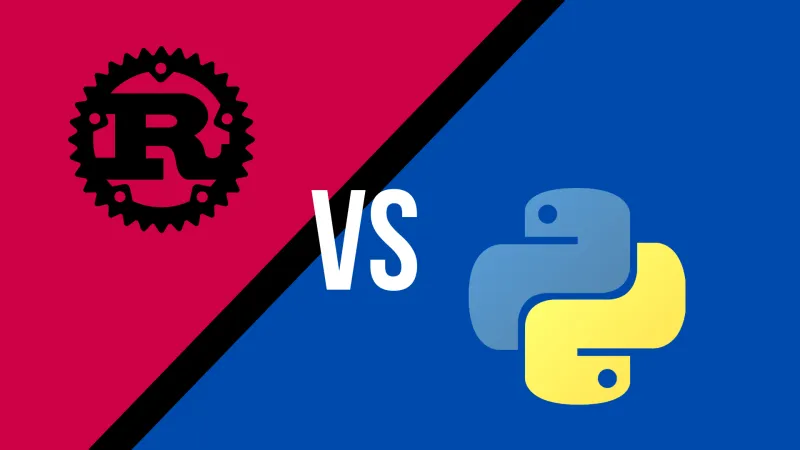

Rust vs Python in Data Science, Systems Development & More
Sep 15, 2021 by Meghan ReichenbachRust and Python contrast in a unique way because while they both provide back-end web support, Python thrives as a flexible and consistent language, while Rust makes a name for itself with raw power and speed.
-


9 Outstanding Reasons to Learn Python for Finance
Sep 14, 2021 by Zulie RaneIf you’re thinking about dipping your toe into the finance sector for your career and you stumble across this article, you may be wondering, “How can Python help in finance?”
-
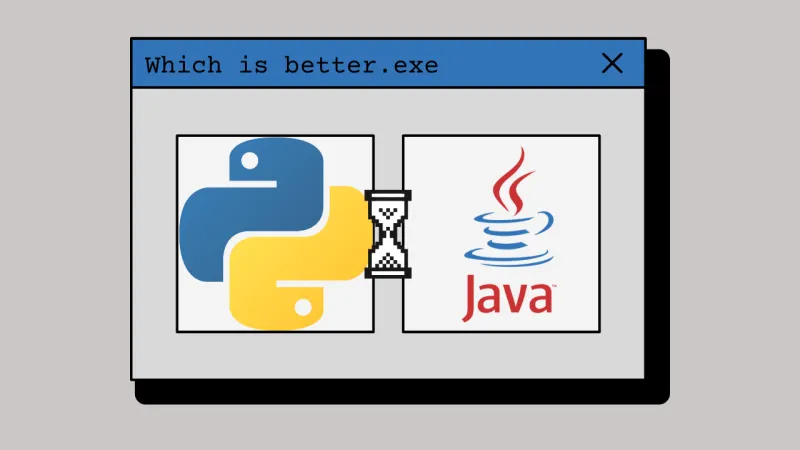

Python vs Java: Performance, Salary & More Compared
Sep 10, 2021 by Meghan ReichenbachComparing Python and Java is a bit like comparing boats and cars. They both get you from point A to B and are fun to show off, but that’s where the similarities end. And the same with Python and Java, they’re both programming languages and known for powerful server-side coding, but after that, they become completely different tools.
-
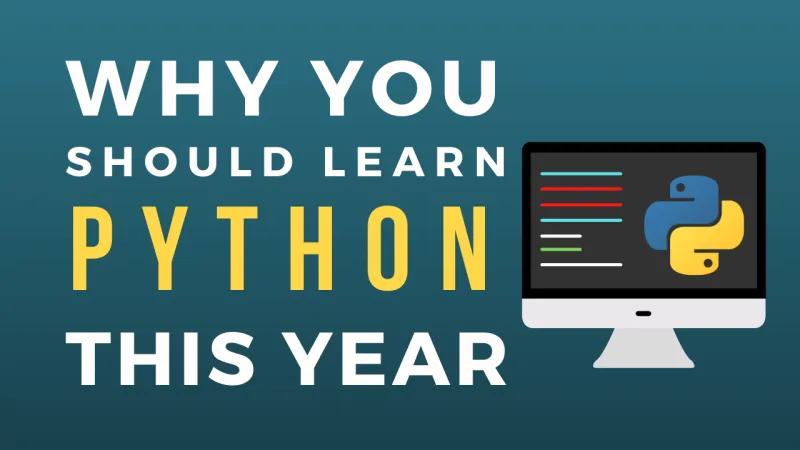

Why Learn Python? 9 Key Reasons
Sep 09, 2021 by Zulie RaneSimple to learn, endlessly versatile, and perennially in demand by employers paying higher and higher salaries every year — it feels like there’s a million reasons to learn Python.